Business
Kenya Set to Receive First Sh65 Billion of UAE-Backed Loan
The UAE-backed loan marks another milestone in the Gulf nation’s growing economic influence in Kenya under the Kenya Kwanza administration.
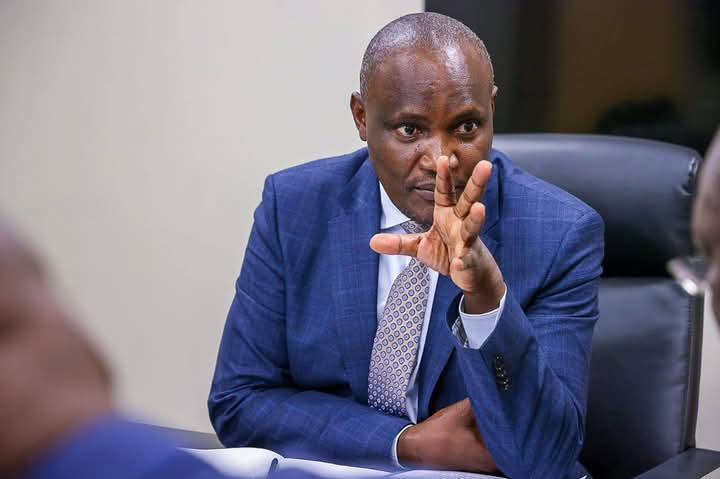
Kenya is poised to draw down the first tranche of $500 million (Sh64.8 billion) next week from its $1.5 billion (Sh194.3 billion) United Arab Emirates-backed commercial loan, as the government races to meet its external budget financing targets before the end of the fiscal year in June.
Treasury Cabinet Secretary John Mbadi confirmed that all necessary procedures for the loan have been completed, with the funds expected to arrive in Kenya’s accounts by next week.
Speaking on the sidelines of the IMF and World Bank spring meetings in Washington DC, Mbadi noted that while the government has the option of drawing down up to $1 billion before the end of June, they have opted to start with half that amount.
“The facility has been negotiated and signed, but the drawdown doesn’t have to be a bullet,” Mbadi told a local newspaper. “The maximum we may take this financial year is $1 billion, but we are starting with $500 million. If there’s still pressure in meeting all our external financing, we can go for the $1 billion.”
The seven-year loan, negotiated last year at an interest rate of 8.25 percent, represents Kenya’s first foray into commercial financing from the Gulf region.
Previously, the country has relied on Eurobonds, syndicated bank loans, bilateral project financing, and concessional loans from multilateral institutions like the World Bank and IMF for its external borrowing needs.
Filling the Budget Gap
The UAE loan is part of Kenya’s broader strategy to secure external financing for its Sh887.2 billion budget deficit for the fiscal year ending June 2025.
According to the revised figures in the second supplementary budget, the deficit is to be funded through net domestic borrowing of Sh605.7 billion and external borrowing of Sh281.5 billion.
With this UAE loan drawdown, Kenya’s total expected inflows from new external loans by the end of the fiscal year will reach $1.37 billion (Sh177.5 billion).
This includes $265 million (Sh34.3 billion) expected from the African Development Bank and $600 million (Sh77.7 billion) from the World Bank before the end of June.
The government’s push for external financing comes after widespread protests against new taxes in June last year hampered its ability to increase ordinary revenue, forcing greater reliance on debt-funded components in the national budget.
UAE’s Growing Influence
The UAE-backed loan marks another milestone in the Gulf nation’s growing economic influence in Kenya under the Kenya Kwanza administration.
This relationship has been characterized by several high-profile agreements and collaborations:
– In March 2023, Kenya entered into a direct petroleum importation agreement with the UAE and Saudi Arabia during a dollar crisis in the country
– The UAE provided a private jet used by President William Ruto during his four-day state visit to the US in May 2024
– In May 2024, the UAE pledged $15 million (Sh1.94 billion) in aid to Kenya for flood relief
– Abu Dhabi firm Apeiro Limited is the majority shareholder (55.99%) in a consortium awarded a Sh104.8 billion contract for Kenya’s Universal Health Coverage plan
These closer ties align with the UAE’s broader strategy to establish itself as a top investor in Africa alongside the US, China, and the European Union, as it works to diversify its economy beyond oil and grow its global economic influence.
Economic Growth Prospects
The new financing comes as Kenya’s economy is showing signs of strength. According to recent International Monetary Fund projections, Kenya is set to overtake Ethiopia as East Africa’s largest economy this year, with an estimated gross domestic product of $132 billion in 2025, compared to Ethiopia’s $117 billion.
The Kenyan shilling has strengthened approximately 21% last year, making it the world’s best-performing currency.
This strength was further bolstered by a successful $1.5 billion bond sale in February, increased diaspora remittances, and higher export receipts.
However, Kenya continues to face fiscal challenges.
The government’s aggressive plan to increase taxes and reduce the budget deficit sparked violent protests last year, forcing policy reversals that complicated meeting targets under its previous four-year $3.6 billion IMF program.
The program was terminated prematurely, with Kenya forgoing about $850 million, and the country is currently in talks for a new arrangement.
As Kenya navigates these economic complexities, the UAE loan represents not just a financial lifeline but also a symbol of the country’s evolving international financial relationships and its strategic pivot toward Gulf partners for commercial financing needs.
Kenya Insights allows guest blogging, if you want to be published on Kenya’s most authoritative and accurate blog, have an expose, news TIPS, story angles, human interest stories, drop us an email on [email protected] or via Telegram
-

 Business2 weeks ago
Business2 weeks agoIt’s a Carbon Trading Firm: What Kenyans Need to Know About Spiro’s Business Model Amid Damning Allegations of Predatory Lending
-
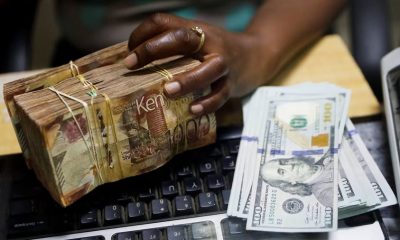
 Business2 weeks ago
Business2 weeks agoManager Flees Safaricom-Linked Sacco As Fears Of Investors Losing Savings Becomes Imminent
-
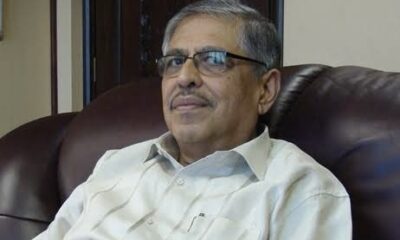
 News2 weeks ago
News2 weeks agoWoman Accused in High Defamation Blames AI As Case Exposes How Mombasa Billionaire Mohamed Jaffer Allegedly Sponsored Smear Campaign Linking Joho’s Family To Drug Trafficking
-

 Investigations5 days ago
Investigations5 days agoBillions Stolen, Millions Laundered: How Minnesota’s COVID Fraud Exposed Cracks in Somali Remittance Networks
-
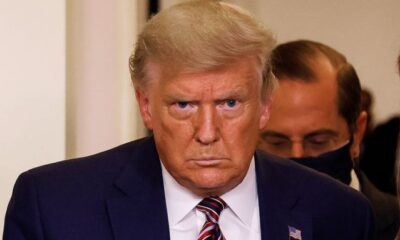
 News6 days ago
News6 days agoUS Moves to Seize Luxury Kenya Properties in Sh39 Billion Covid Fraud Scandal
-

 Investigations2 weeks ago
Investigations2 weeks agoIntelligence Report Links Budding Politician James Mabele Magio To International Scammers Ring
-

 Investigations5 days ago
Investigations5 days agoJulius Mwale Throws Contractor Under the Bus in Court Amid Mounting Pressure From Indebted Partners
-
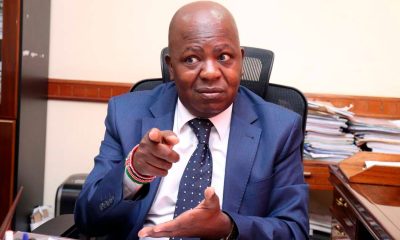
 News6 days ago
News6 days agoMAINGA CLINGS TO POWER: Kenya Railways Boss Defies Tenure Expiry Amid Corruption Storm and Court Battles








